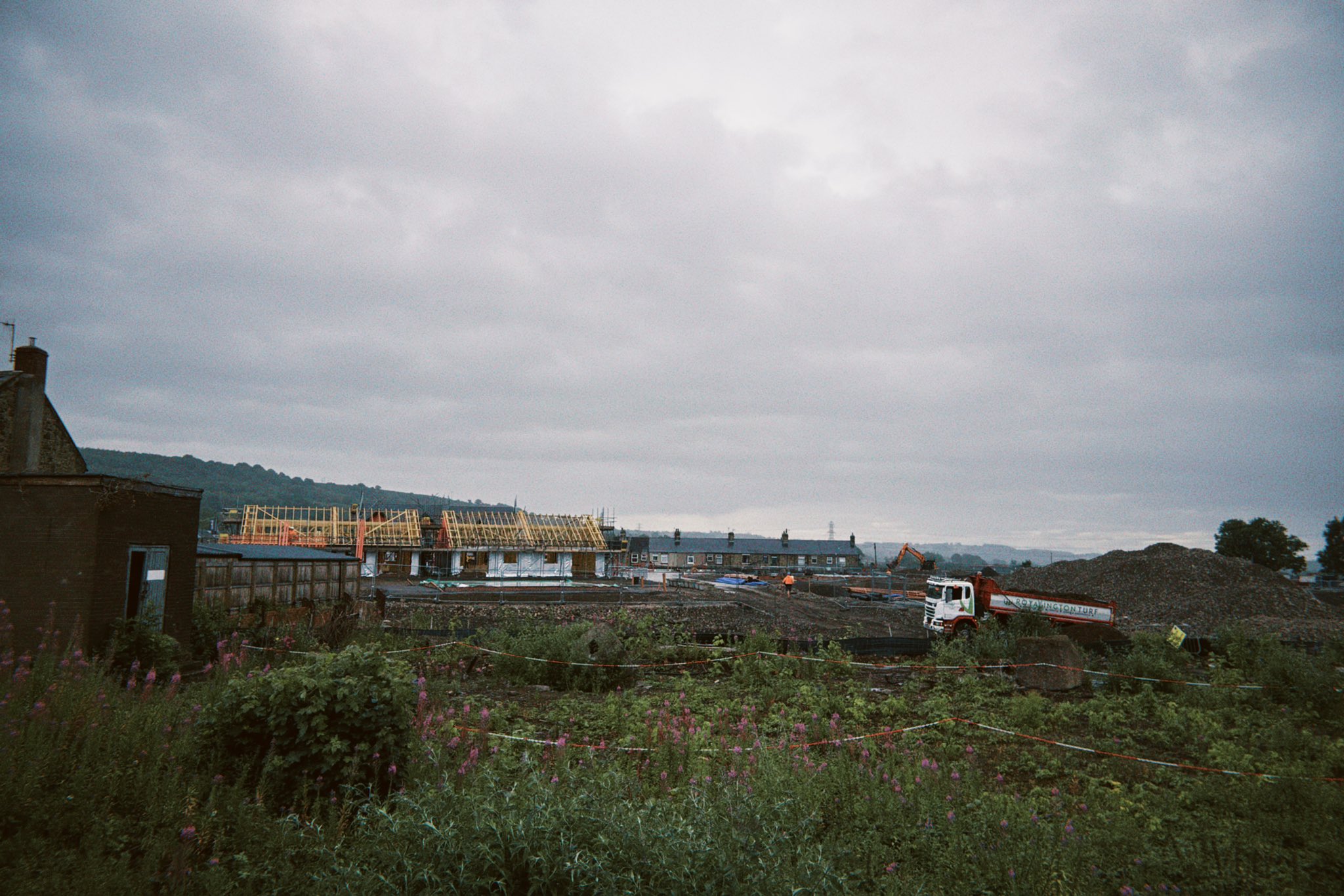
Wolsingham
Wolsingham (Stanners Close) Steel Works
Last Updated:
19 Sept 2025
Wolsingham
This is a
Steel Works
54.728331, -1.874570
Founded in
Current status is
Partly Preserved
Designer (if known):

Part housing and part railway depot
The feature I enjoyed the most about Wolsingham was its old steel works. My pre-conceptions of the place were purely rural - a historic agricultural village nothing more than an outpost for those travelling west. I was massively wrong, so much in fact that I’ve taken a deep dive to understand and appreciate Wolsingham’s role amongst the North East’s wider industrial fabric. I’ve had an absolute joy unravelling the importance of this place.
This is the site of the Stanner’s Close Steel Works. It was opened by Charles Attwood in 1864, a midlands man who moved to Gateshead and ended up in the thriving Tyneside glass trade - revolutionising the process of making it transparent. The main had a nowse for enterprise as he moved onto iron just as the railways boomed across the country. He secured the rights to extract ironstone across Weardale and established the blast furnaces at Tow Law. At this base he toyed with the production of steel, and once he perfected his own process a facility was established here at Wolsingham. It massively changed the complexion of the village from a peaceful outpost to an industrial machine in its own right.
The first castings to be made here were for the workshops of Mr John Hall for spades and knives, and the rest is history. They were the first suppliers of steel wheels for colliery tubs, but produced any and all industrial paraphernalia - axles, rods, bars, wheels, blades, gears and everything else you can think of.
Some 20 years after opening it moved into the hands of John Rogerson of Croxdale Hall. They went from strength to strength supplying casts for anyone from the Belgian government, the platform of the Trow Rocks Gun at South Shields as well as street lighting across this land.
Their production continued well into the second half of the 20th century as associates of the Doxford shipyard, producing many of the casts and parts for their ships. Sadly, while under the tenure of British Shipbuilders, it closed in 1983. 229 jobs were lost alongside 1800 others in the Tyne & Wear shipyards, further contracting any hope for the North East’s industrial base. It did reopen as a workers cooperative, but closed in the late 2000s.
Since then much of this site has been demolished, though the Weardale Railway continue to use one of the ancillary buildings at their depot as seen below.
My favourite little nugget about this though - before buying out Wolsingham, Rogerson owned a shipyard at St Peter’s - bottom of Byker and right on my doorstep. He ran it until 1869 - https://www.northeastheritagelibrary.co.uk/shipbuilding-archive/ncl007/rogerson's-shipyard
Listing Description (if available)


These two Ordnance Survey maps are those which first feature the steel works, at this time under the tenure of John Rogerson's firm from the 1890s until the 1910s. It was a massive complex stretching from the Durham Road down to the Weardale Railway, where it hitched onto a handy connection down to Darlington. These rails formed a tangled network throughout the complex, reaching adjacency to Attwood Terrace named after the works' founder. Another two terraces are sited north east and north west especially for these industrial workers.

Here's an insight into the steel works site just before its inception - a collection of long slivers of old burgage-esque plots radiating from the Durham Road. Given the closeness to the railway as well as the surrounding industries of Tow Law and Stanhope, it made for an ideal location to place Attwood's complex.

The last obvious remnant of the Steel Works is this ancillary building now used as the Weardale Railway's depot. Taken in July 2025.

A view of the steel works looking south from just above Durham Road. Attwood Terrace is on the left. Unknown original source and year.

A view of the northern side of the complex today, with housing developments ensuing. Taken in July 2025.
